April 19, 2024 | 02:40 GMT +7
April 19, 2024 | 02:40 GMT +7
Hotline: 0913.378.918
April 19, 2024 | 02:40 GMT +7
Hotline: 0913.378.918
Binh Dinh Agricultural Extension Center established experimental shrimp farming ponds in 2020-2021 as part of its scientific and technology research program. Additionally, the unit created a fisheries extension plan for white-leg prawn intensive farming using novel Semi-Biofloc technology. At first, the model produces favorable results.
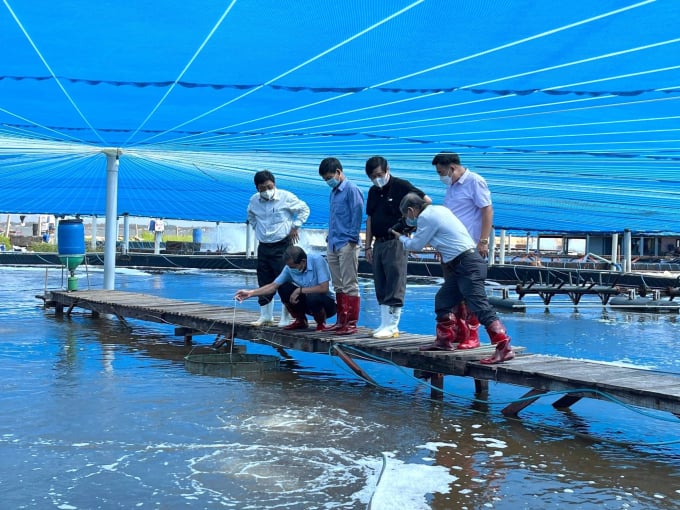
Shrimp farming model applying Semi-Biofloc technology of Mr. Nguyen Tat Tung in Cat Minh commune (Phu Cat district, Binh Dinh). Photo: TL.
According to Mr. Tran Quang Nhut, deputy director of the Binh Dinh Agricultural Extension Center, Semi-Biofloc technology is defined as the process of microalgae clearing and stabilizing the water environment. Biofloc is a heterotrophic bacteria, algae, and humus combination that helps in water treatment provides a rich supply of nutritional food for cultured subjects and inhibits harmful microorganism development. This is how epidemic-related shrimp deaths are reduced to a minimum.
To incorporate Semi-Biofloc technology into white-leg shrimp farming, producers must establish adequate facilities and processes to suit the technology's needs, including a canopy or canvas covering for the pond system; a water treatment system; and a drying system. Shrimp aquaculture is carried out in two stages: After 25-30 days of nursing, breed shrimps to a size of 600-800 heads per kilogram and then transfer them to ponds. The stocking density should be between 180 and 200 fish per m2. Farmers use molasses incubation to establish food adherence throughout the raising phase; floc culture is offered for ponds.
In 2021, the agricultural extension center will conduct research and engage with local communities to teach farmers about the Semi-Biofloc method and practices through display models of intensive and semi-intensive white-leg prawn farming. The effort was not only economically beneficial but also improved the water ecosystem and increased farmer income.

White-leg shrimp farming applying Semi-Biofloc technology brings great efficiency to farmers. Photo: TL.
Mr. Nhut, the head of the topic "Research, application, perfecting the technical process of intensive and semi-intensive white-leg prawn farming applying Semi- Biofloc technology towards sustainable development in Binh Dinh" affirmed the good outcomes of the model.
Semi-Biofloc technology enables output to be doubled when compared to conventional farming. The increase in shrimp output achieved via the use of Semi-Biofloc technology is a result of increased stocking density. Input costs are decreased by 10-15% when compared to conventional farming, owing to the lower cost of antibiotics used to combat illness and the lower cost of food loss. At the same time, groundwater consumption is minimized in comparison to traditional farming due to microalgae regulating the water environment.
"Semi-Biofloc technology is easily accessible to farmers. Farmers, in particular, must grasp the process of pond treatment; they must closely monitor the water level and master the molasses incubation technique and floc mass culture.
In comparison to traditional agricultural operations in Binh Dinh, the implementation of Semi-Biofloc technology provides several economic benefits. Due to the fact that shrimp farming production may reach 20-40 tons/ha/crop when using Semi-Biofloc technology, each kilogram of farmed shrimp can lower expenses by 10-15 percent when compared to prior methods," Nhut enlightened.
In 2022, the unit will partner with the districts of Phu Cat, Phu My, and Hoai Nhon communes to establish three white-leg prawn farming models on a 1,500 m2 scale using Semi-Biofloc technology.

Traditional shrimp farming has a controlled density of only 100-150 fish/m2, so the yield is lower than shrimp farming using Semi-Biofloc technology. Photo: V.D.T.
The agricultural extension center, in collaboration with local authorities, has developed a strategy to identify farming households who meet the model's requirements and execute it in March. The introduction of models with quality considerations aimed at bringing Semi-Biofloc closer to shrimp growers.
Beginning in March 2022, the Phu My District Agricultural Service Center will work with the Binh Dinh Agricultural Extension Center to conduct a final check on the model before deployment ", Mr. Pham Van Thanh, Deputy Director of the Phu My district's Center for Agricultural Service, stated.
Mr. Nguyen Tat Tung, who used to produce white-leg shrimp in Cat Minh commune (Phu Cat district), is extremely interested in this modern farming system. Mr. Tung has maintained and used Semi-Biofloc technology for this year's shrimp production, with eight ponds totaling 19 hectares.
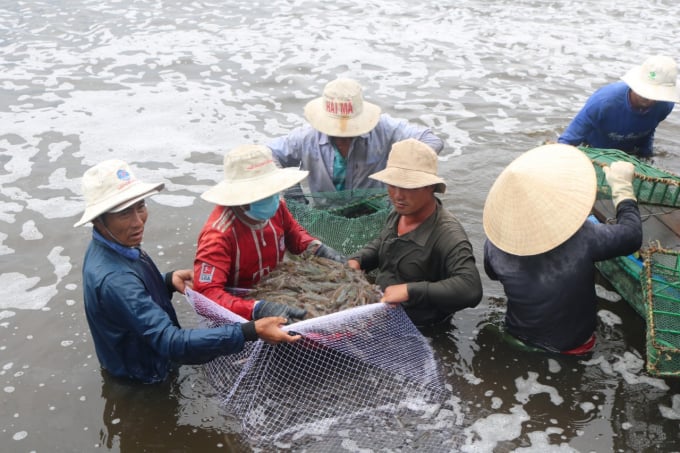
Currently, Semi-Biofloc technology is being widely applied by shrimp farmers in many localities in the Central region due to its outstanding benefits. Photo: Kim So.
"My shrimp farming has improved as a result of this new farming method. The key to successfully implementing the Semi-Biofloc shrimp farming methodology is to maintain and manage the pond's temperature and water quality. Nutrient degradation is facilitated by beneficial bacteria, which serve as a source of nutrients for shrimp while also saving money on feed expenditures. Applying Semi-Biofloc technology enables better management of the pond's environment, consequently enhancing economic efficiency," Mr. Tung said eagerly.
Mr. Nhut emphasized that between 2021 and 2025, the aquaculture sector would focus on creating high-tech and biosecurity shrimp farming, mitigating environmental pollution, and constructing an intense white-leg shrimp farming region using high-tech Semi-Biofloc technology.
According to Binh Dinh's agricultural restructuring proposal, the white-leg shrimp is the primary aquaculture focus. As a support unit for science, technology, and technology transfer, the Binh Dinh Agricultural Extension Center actively develops models, organizes meetings, dialogues, and training for shrimp farmers in the region on how to apply Semi-Biofloc technology to increase efficiency while gradually establishing shrimp farming areas to ensure biosecurity.

A model of Semi-Biofloc technology shrimp farming in Khanh Hoa. Photo: Kim So.
"When shrimp intense and semi-intensive farming in Binh Dinh reaches a steady level of around 1,000 hectares, income and job opportunities for coastal residents will improve. Additionally, the Semi-Biofloc technique maximizes protein consumption, and the quantity of solid organic humus produced as a result of shrimp farming greatly reduces the inorganic nitrogen content, which causes environmental contamination.
Shrimp farming using semi-biofloc technology also minimizes the use of surface and groundwater for shrimp farming. Applying Semi-Biofloc technology to shrimp farming consumes around 60% less water than the traditional approach, which is in accordance with today's more precious water resources due to climate change. Semi-BioFloc technology would help farmers use less herbicides and antibiotics during the growing season," Mr. Huynh Quang Nhut, Deputy Director of Binh Dinh Agricultural Extension Center, explained.
Translated by Linh Linh
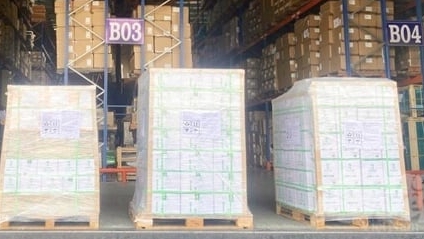
(VAN) Coconut flower products from Sokfarm Company are officially exported to Japan, the Netherlands, Germany, the United States, and most recently, Australia.
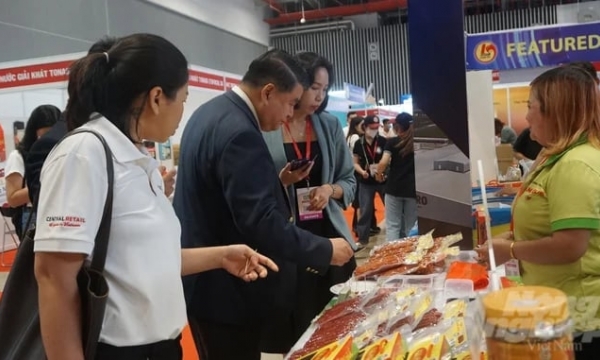
(VAN) HCMC FOODEX 2024 will take place from May 15th to 18th at the Saigon Exhibition and Convention Center (SECC) in Ho Chi Minh City.
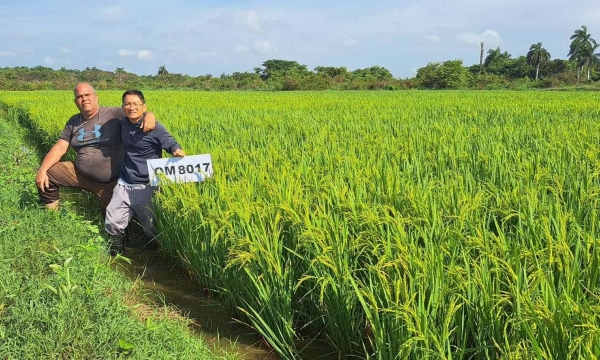
(VAN) On April 16 (local time), Deputy Minister of Agriculture and Rural Development Nguyen Hoang Hiep met and worked with Cuban agencies responsible for agriculture, industry, and food.

(VAN) The Vietnamese - British cave expedition team discovered 22 new caves in the Phong Nha - Ke Bang National Park area and Minh Hoa and Tuyen Hoa districts.
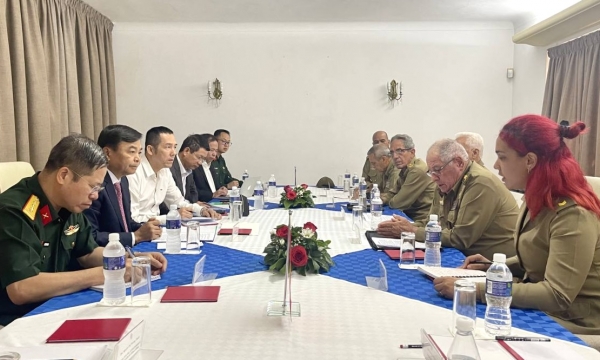
(VAN) Vietnam's experimental cultivation of certain plant varieties in Cuba has yielded results 2.5 times higher than native strains, presenting opportunities for Cuba to achieve food self-sufficiency.
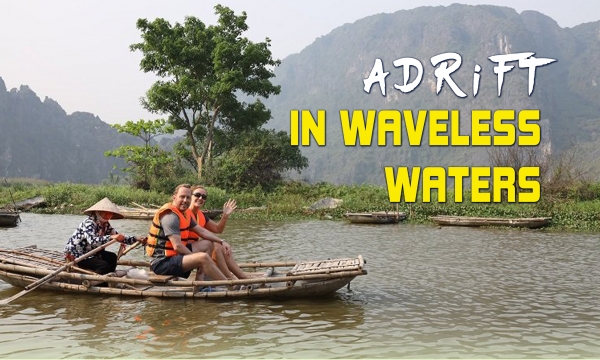
(VAN) The early sunlight of April cast a fiery ray upon the road tracing the left of Day River embankment. The temperature only soars above 30°C, but it feels like a city's bustling crowd and traffic one scorching summer afternoon.
/2024/04/15/2638-2-162252_346.jpg)
(VAN) On April 15, the Trade Promotion Centre for Agriculture (Ministry of Agriculture and Rural Development) together with Goyang city (South Korea) organized a workshop on investment cooperation and trade promotion in agriculture.